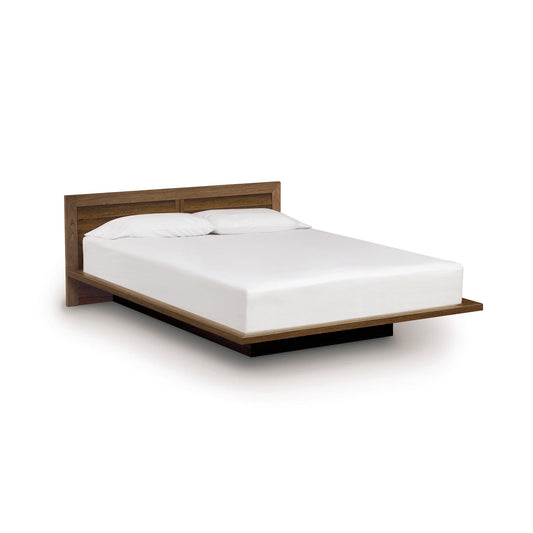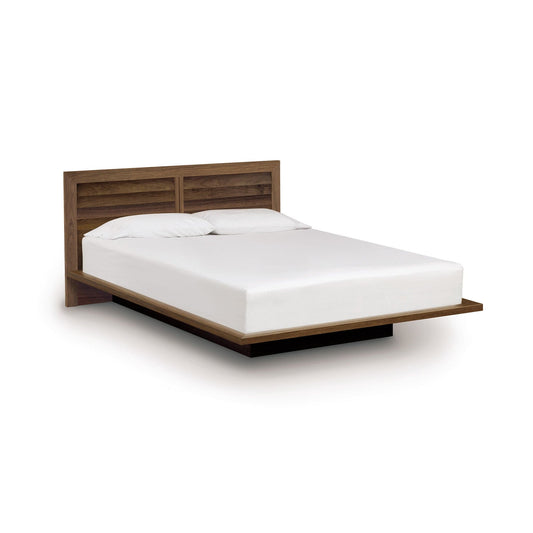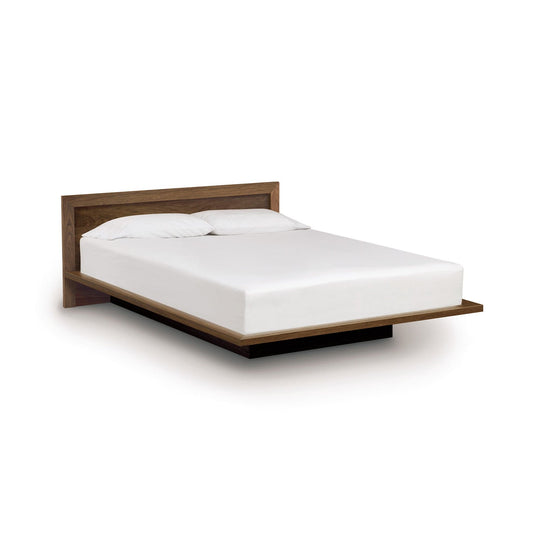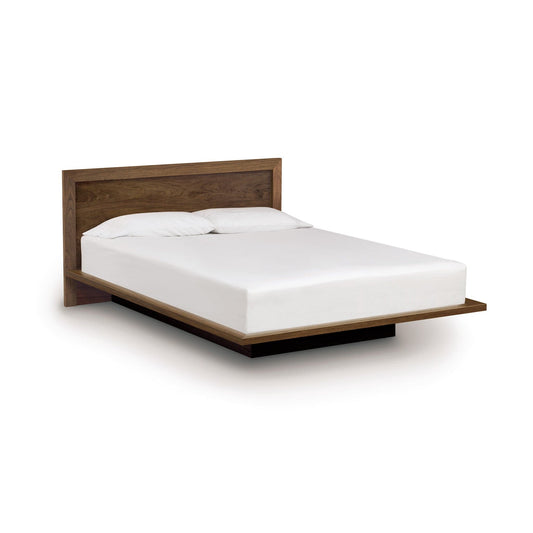Mid Century Modern Design
-
Copeland Moduluxe Clapboard Headboard Platform Bed
Regular price From $4,185.00Regular priceUnit price per$5,579.00Sale price From $4,185.00Sale -
Copeland Moduluxe Panel Headboard Bed
Regular price From $3,652.00Regular priceUnit price per$4,869.00Sale price From $3,652.00Sale
Mid Century Modern Design
Mid-Century Modern Design: A Definition
Mid-Century Modern Design is a distinctive design movement that flourished from the mid-20th century, roughly spanning the 1930s to the 1960s. Rooted in post-World War II optimism and innovation, this design approach is characterized by its seamless integration of form and function, as well as its timeless appeal. Mid-Century Modern Design embodies the mid-century ethos of progress, embodying clean lines, organic forms, and a harmonious blend of traditional craftsmanship and modern materials.
Key Characteristics of Mid-Century Modern Design
- Clean Lines and Organic Forms: Mid-Century Modern Design showcases clean lines and a focus on organic, nature-inspired shapes. Furniture and decor often feature flowing curves and gentle angles.
- Functionality and Practicality: Functionality is paramount in mid-century modern design. Pieces are designed to be usable and practical while maintaining an aesthetic quality.
- Innovative Materials: Mid-century modern design introduced innovative materials such as molded plywood, fiberglass, and plastics. These materials were celebrated for their versatility and potential to create unique designs.
- Iconic Pieces: The era gave rise to iconic furniture designs like the Eames Lounge Chair, the Saarinen Tulip Chair, and the Wegner Wishbone Chair. These pieces have become synonymous with mid-century modern style.
- Natural Materials: While innovative materials were embraced, mid-century modern design still valued natural materials like wood. Teak, walnut, and oak were commonly used in furniture construction.
- Bold Colors: The color palette of mid-century modern design includes bold and vibrant hues, often used as accents against a neutral backdrop.
- Open Space: Open floor plans and large windows were typical in mid-century modern homes, allowing natural light to flood interiors and creating a sense of connection to the outdoors.
- Elevated Craftsmanship: Despite streamlined forms, mid-century modern design didn't compromise on craftsmanship. Attention to detail and quality were still valued.
- Integration with Nature: The design aimed to bring the outdoors in, blurring the boundaries between indoor and outdoor spaces through large windows, sliding doors, and natural materials.
- Minimalistic Decor: Decorative elements were minimal and carefully chosen, allowing furniture to stand out. Atomic-age-inspired decor, such as geometric patterns, was common.
- Sense of Optimism: Mid-century modern design embodied a sense of post-war optimism and progress, celebrating new possibilities and embracing innovation.
- Timeless Appeal: The design's combination of aesthetics, functionality, and craftsmanship has ensured its enduring popularity and influence on subsequent design trends.
Mid-Century Modern Design captures the essence of an era defined by innovation and optimism, creating interiors that seamlessly blend form and function. Its emphasis on clean lines, organic shapes, and a celebration of modern materials continues to resonate with contemporary design sensibilities, making it a style that remains relevant and iconic to this day.




